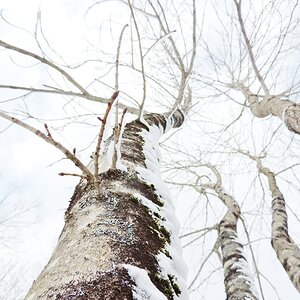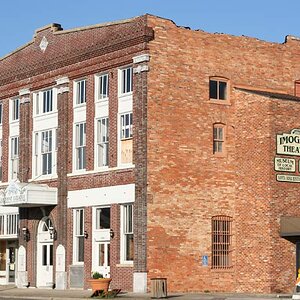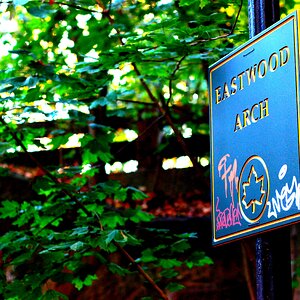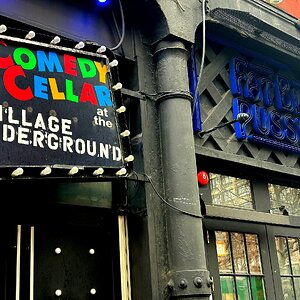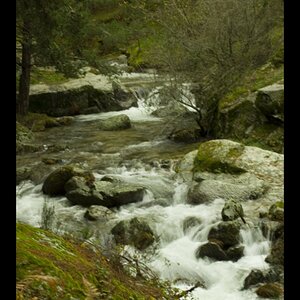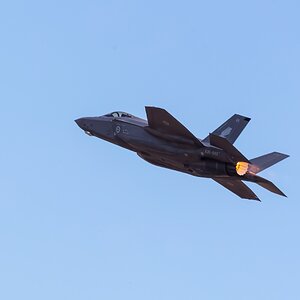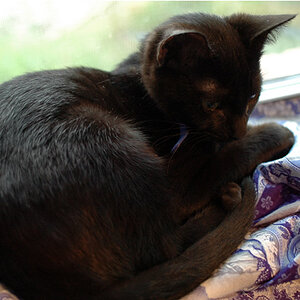carlita
TPF Noob!
man, if there's any technique i'd LOVE to learn, this is it. this guy's stuff really draws me in, i must say.
here's a small description:
and here's the site: ***WARNING: SITE CONTAINS SOME NUDITY***
here's a small description:
Since the end of 1989, Michal Macku has used his own creative technique which he has named "Gellage" (the ligature of collage and gelatin).
The technique consists of layering exposed and fixed photographic gelatin on paper. This transparent and plastic substance makes it possible to reshape and reform the original images, changing their relationships and endowing them with new meanings. The finished work gives a compact image with a fine surface structure.
and here's the site: ***WARNING: SITE CONTAINS SOME NUDITY***


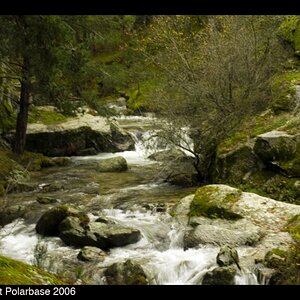

![[No title]](/data/xfmg/thumbnail/32/32944-550374cc056b8618b47594b3cc6e1574.jpg?1619735777)
![[No title]](/data/xfmg/thumbnail/37/37629-fa70c9f81cc7da4d6a9b512502f9bf84.jpg?1619738155)
